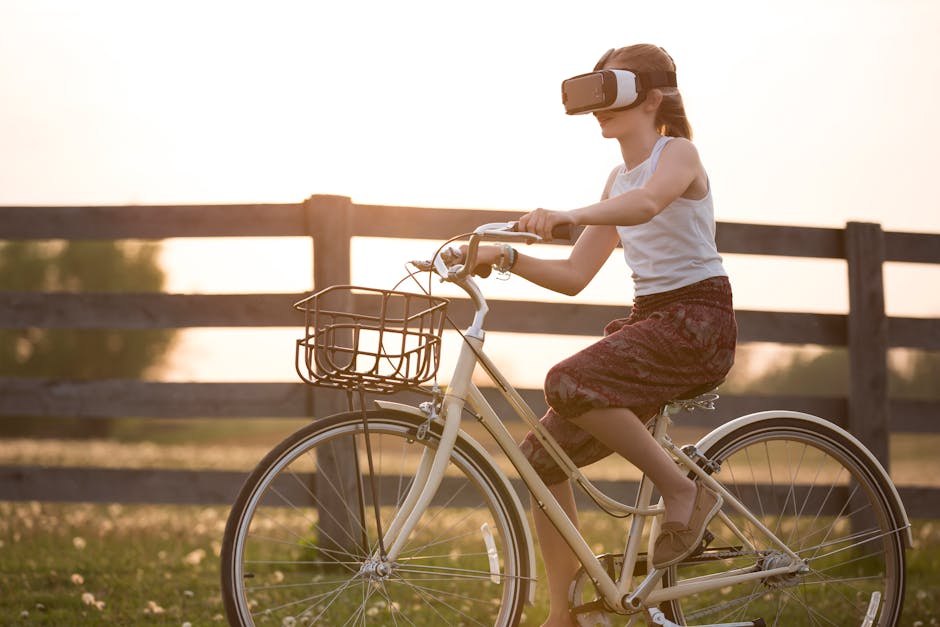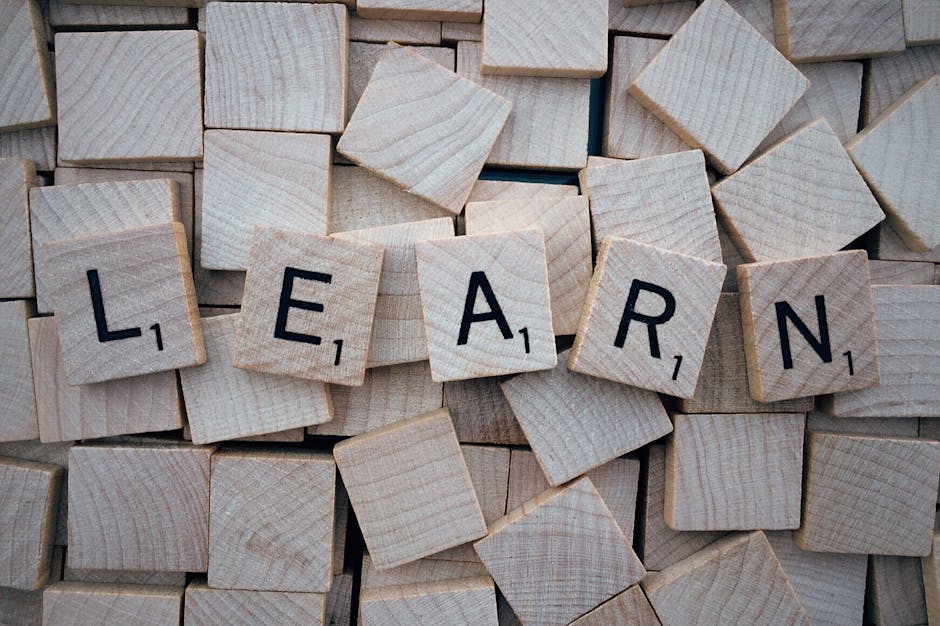Virtual Reality Expeditions: Transform Field Trips for Online Learning
Imagine taking your students on a breathtaking journey through the bustling streets of ancient Rome or diving deep into the Great Barrier Reef—all without leaving your classroom. This is not the stuff of science fiction but an engaging reality brought to life by virtual reality (VR) expeditions. In a world where online education is gaining traction, VR is redefining how students experience learning outside their immediate environments, turning mundane lessons into unparalleled adventures. Below, we delve into how these immersive technologies are changing the landscape of education and online courses.
The Evolution of Field Trips
Field trips have long been a staple of traditional education, designed to enhance learning through real-world experiences. However, time and financial constraints can make such excursions difficult to organize, especially in online learning contexts. This is where VR leaps in. By providing immersive environments that replicate the sights and sounds of distant places, virtual reality expeditions are reshaping our understanding of field trips.
The Power of Immersion in VR Learning

Research has shown that immersive experiences can significantly boost engagement and retention rates. According to a study by Stanford University, learners who utilized VR tools demonstrated a 50% improvement in information retention compared to traditional learning methods. Why? The immersive nature of VR allows students to interact with their surroundings, making lessons memorable.
Consider the thrill of a history lesson where students can ‘walk’ through the Parthenon or witness the signing of the Declaration of Independence. This connection to the past fosters a deeper understanding of historical contexts and encourages critical thinking. When students can visualize and experience information instead of just reading about it, they are more likely to grasp complex concepts.
Accessibility for Diverse Learners

One of the pressing challenges in education is ensuring all students have equal opportunities to learn. Traditional field trips can often exclude marginalized groups due to logistical barriers. Virtual reality can bridge these gaps by eliminating travel restrictions. While providing a universal platform, VR offers an accessible learning experience for all students.
Whether navigating the complexities of a natural science lesson in a 3D rainforest environment or exploring intricate works of art inside a virtual museum, VR empowers learners from various backgrounds to enrich their educational journey.
Customizing the Learning Experience

Personalization is key in modern education. As explored in our piece on cognitive flexibility, tailoring learning experiences to meet the diverse needs of students results in better outcomes. VR expeditions allow instructors to design customized routes through learning environments, catering to different learning styles and speeds.
For example, students who excel through visual formats may benefit from vibrant, animated depictions of complex scientific processes. Meanwhile, those with auditory preferences could engage with virtual guides that narrate significant events. This level of personalization fosters inclusive classrooms while enhancing academic performance.
Gamification of Learning Through VR

Gamification has taken the educational world by storm, enabling learners to engage in fun, interactive ways. VR drives this further by immersing students in scenarios where they assume roles—scientists collecting data, historians reconstructing events, or explorers navigating new lands.
In conjunction with this, integrating elements of game design can enhance motivation and foster a sense of achievement. For example, badges or rewards for completing tasks within a virtual experience can further engage students, encouraging them to explore deeper. For more insights on using game mechanics in educational settings, check out our article on gamifying grit.
Overcoming Technological Barriers

Despite these promising outcomes, implementing VR in educational settings can be hindered by technological limitations. Devices can be costly, and not all schools have the budget to acquire the technology. However, as VR platforms evolve and become more widespread, opportunities for remote learning increase.
Sustainable learning solutions, like the implementation of shared VR stations in schools, can lower costs while providing students access to engaging educational content. According to Harvard Business Review, technology companies are investing in affordable VR solutions for educational institutions, indicating a shift in resource availability.
Creating Engaging Content

To capitalize on the capabilities of VR expeditions, educators need to curate high-quality, relevant content that aligns with learning objectives. The power of storytelling cannot be underestimated in immersive environments; incorporating captivating narratives attracts learners and maintains their attention.
Draw from disciplines such as narrative psychology to create relatable scenarios where students can empathize with characters and experience challenges that require critical thinking. By tapping into emotions, educators unlock a deeper phase of understanding and engagement.
To explore more about the importance of storytelling in education, refer to our article on interactive storytelling. It covers techniques to enhance user experience through well-crafted narratives.
Engagement Beyond Entertainment

With the increasing prevalence of VR in online courses, educators must remember that beyond the entertainment factor, these tools should effectively promote learning. As discussed in our piece on embracing failure in education, the importance of resilience is critical.
Encouraging students to engage with difficult concepts through immersive VR experiences allows them to explore, experiment, and occasionally fail when necessary. It fosters a growth mindset and prepares them for challenges beyond the classroom.
Virtual Field Trips Across Disciplines

The potential uses for VR expeditions span various fields. Here are just a few areas where these technologies shine brilliantly:
Science

In fields like biology or chemistry, VR can facilitate in-depth explorations of the human body or intricate molecular structures. Take a virtual trip inside a cell and experience cellular processes in action. Not only does this enhance understanding, but it also sparks genuine interest in scientific inquiry.
History

The realm of history offers rich material for VR expeditions, allowing students to interact with key historical moments. Engage with immersive experiences that take students back in time to witness world-changing events firsthand.
Language Learning

Imagine navigating through streets of Paris, ordering food, or interacting with native speakers, all through a VR simulation. Language learners can perfect their conversational skills while experiencing cultural nuances, making education more impactful.
The Role of Educators in VR Learning

As VR becomes integrated into educational practices, educators must evolve their teaching methods. This means transitioning from instructors to facilitators who guide exploration and discovery. Encouraging self-directed learning within these virtual settings is essential; students should feel empowered to lead their educational journey.
Additionally, educators can facilitate discussions and reflections, helping students articulate experiences and insights gained during VR interactions. By prioritizing dialogue and collaborative exploration, teachers can nurture a culture of learning that extends beyond VR expeditions.
Collaboration and Community Building

One of the most significant advantages of VR expeditions is the potential for collaboration. Students from different geographical locations can come together in a shared virtual environment. By working together on projects or experiencing expeditions, cross-cultural understanding flourishes, paving the way for a global community of learners.
Online platforms allow for seamless interaction and encourage learners to partner in exciting a shared educational experience. Educators should foster spaces for collaboration in these virtual environments, promoting teamwork and problem-solving skills.
Final Thoughts
Virtual reality expeditions are revolutionizing the landscape of online learning, offering engaging, immersive experiences that transcend traditional boundaries. As technology continues to advance and become more accessible, the tremendous potential of VR in education is just beginning to unfold. Educators are encouraged to explore these innovative tools, embracing the opportunity to captivate students' imaginations while providing authentic learning experiences.
Embrace this transformative power, and take your online teaching practice to the next level. As you contemplate implementing VR into your lessons, consider how you can integrate personalized, immersive, and collaborative approaches. The future of learning is here—are you ready to join the expedition?




